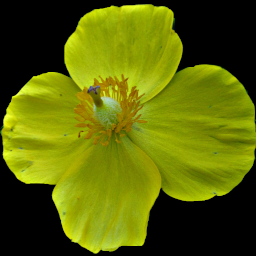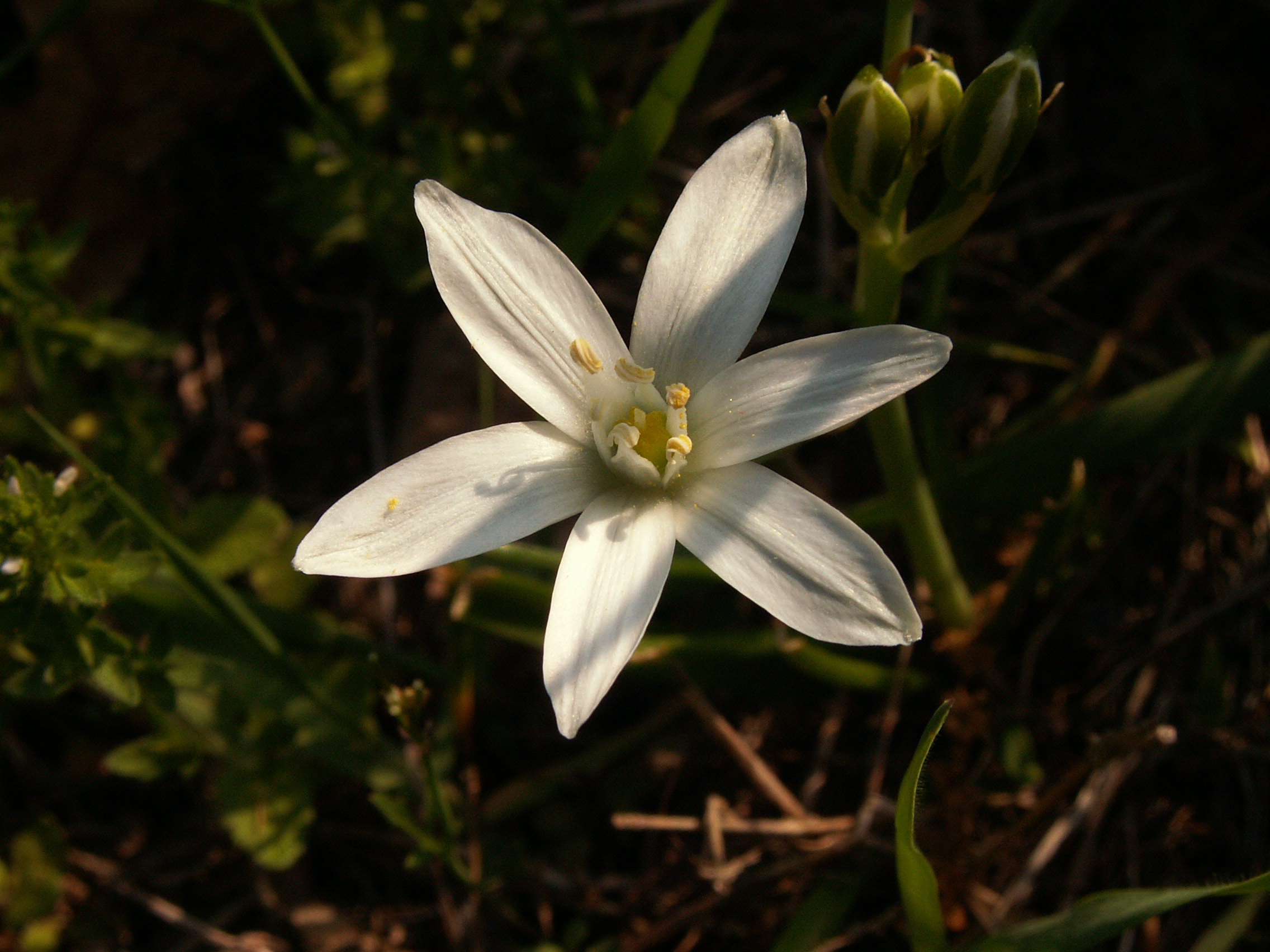 A European native that has made itself quite at home here, Star of Bethlehem can often be found in weedy patches of low grass. Until it blooms, its narrow leaves are hard to distinguish from the grass around them. The six-pointed white flowers are unmistakable, with six yellow-tipped stamens whose flattened “filaments” seem to form a miniature duplicate flower inside the larger one. This plant was blooming in early May in the Allegheny Cemetery, where it is regularly mowed but seems not to care much.
A European native that has made itself quite at home here, Star of Bethlehem can often be found in weedy patches of low grass. Until it blooms, its narrow leaves are hard to distinguish from the grass around them. The six-pointed white flowers are unmistakable, with six yellow-tipped stamens whose flattened “filaments” seem to form a miniature duplicate flower inside the larger one. This plant was blooming in early May in the Allegheny Cemetery, where it is regularly mowed but seems not to care much.
Although most traditional references place the Star of Bethlehem in the lily family Liliaceae, modern botanists separate it into the asparagus family Asparagaceae.
Gray describes the genus and the species:
ORNITHÓGALUM [Tourn.] L. STAR OF BETHLEHEM. Perianth of 6 (white) spreading 3-7-nerved divisions. Filaments 6, flattened-awl-shaped. Style 3-sided; stigma 3-angled. Capsule roundish-angular, with few dark and roundish seeds in each cell, loculicidal. — Scape and linear channeled leaves from a coated bulb. Flowers corymbed, bracted; pedicels not jointed. (A whimsical name from ornis, a bird, and gala, milk.)
O. umbellàtum L. Scape 1-2.5 dm. high; flowers 5-8, on long and spreading pedicels; perianth-divisions green in the middle on the outside. — Escaped from gardens. (Introd. from Eu.)






